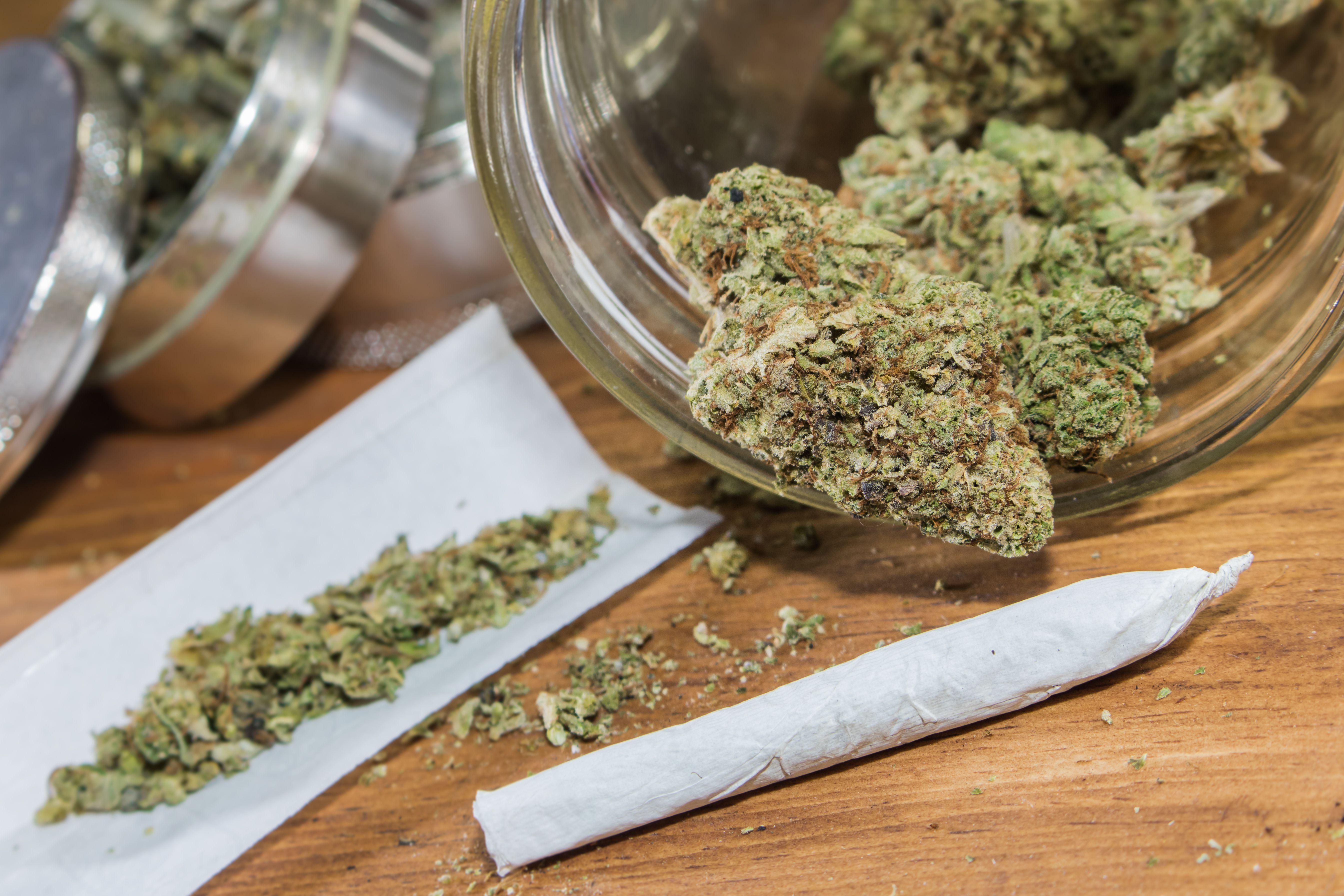- Center on Health Equity & Access
- Clinical
- Health Care Cost
- Health Care Delivery
- Insurance
- Policy
- Technology
- Value-Based Care
Asthma More Common Among High School Students Who Use Cannabis
This association remained significant even after controlling for cigarette use and demographic characteristics.
Researchers have identified a possible link between increased asthma rates and cannabis use among high school students. The study suggests that asthma is more common among high school students who use cannabis, compared with those who do not, even after adjusting for cigarette use and demographic characteristics.

This population-based study is published in Pediatric Pulmonology.1
“The findings of this study have important implications for public health, education, and drug prevention programs targeting high school students, although more public health and clinical research is needed,” lead researcher Renee Goodwin, Department of Epidemiology and Biostatistics at the Graduate School of Public Health and Health Policy, The City University of New York, said in a statement.2 “Scientific data that can inform clinical guidelines and public health policy, as well as parents and youth, on the potential relationship between cannabis use and respiratory health among youth, is critical and we urge that more studies like this one be a priority.”
The study included data from the 2019 Youth Risk Behavior Surveillance System, a CDC national high school survey, which collects information from students in grades 9-12 across the US twice a year. Using this data, the researchers used logistical models to evaluate the prevalence of asthma with past 30-day cannabis use, current cigarette use, alcohol, and state-of-residence cannabis legal status. Additionally, the researchers adjusted for sex, race, and ethnicity.
A total of 130,136 high school children were included in the analysis, in which 25,578 had pas 30-day cannabis use. Of these individuals, 52.44% were non-Hispanic White, 16.11% were non-Hispanic Black, 22.73% were Hispanic, and 8.72% were additional race/ethnicity.
Cannabis use was more common among female users than male users (17% vs 14%), and non-Hispanic Black (17%) and Hispanic (16%) students compared with non-Hispanic White (14.6%) students, respectively. Additionally, cannabis use was more common among students who reported any past 30-day cigarette or alcohol use than non-users (45% vs 6.5%). Furthermore, the researchers observed declines in cannabis use that were independent of state-level cannabis laws from 2013 to 2021, and that the prevalence of cannabis use did not differ significantly by state-of-resident cannabis legal status among the 24 participating states in 2021.
However, the researchers acknowledged some limitations to the study, such as defining “lifetime asthma” as having ever been told by a doctor or nurse that one has asthma, which is subject to treatment bias, recall bias, and lacks precise timepoints, regarding severity and persistence of asthma. Second, because the researchers relied on self-reported cannabis use instead of biological testing, cannabis use may have been underreported.
Despite these limitations, the researchers believe the study adds to the growing body of evidence linking cannabis use to adverse health outcomes among young adults. Because of this, the researchers noted the importance of understanding how to develop effective prevention and intervention strategies to address this possible association.
“Given rapid cannabis commercialization and increased cannabis use among youth, an evidence-based approach is urgently needed so that public health professionals and clinicians are informed and can inform patients being treated for asthma and the public regarding any potential relationship between cannabis use and asthma among youth,” the researchers wrote.
References
1. Silverman KD, Cheslack‐Postava K, Rastogi D, Borrell LN, Goodwin RD. Asthma prevalence among us 9th−12th graders who report past 30‐Day Cannabis use in 2019. Pediatric Pulmonology. Published online January 19, 2024. doi:10.1002/ppul.26840
2. Asthma rates climb for high school students as cannabis use increases. EurekAlert! January 24, 2024. Accessed January 30, 2024. https://www.eurekalert.org/news-releases/1032713.
Depemokimab Reduces Exacerbations Regardless of Baseline Asthma Control
July 3rd 2025Depemokimab significantly reduces asthma exacerbations, benefiting patients regardless of their baseline asthma control levels. A biologics license application for depemokimab is currently being reviewed by the FDA.
Read More
